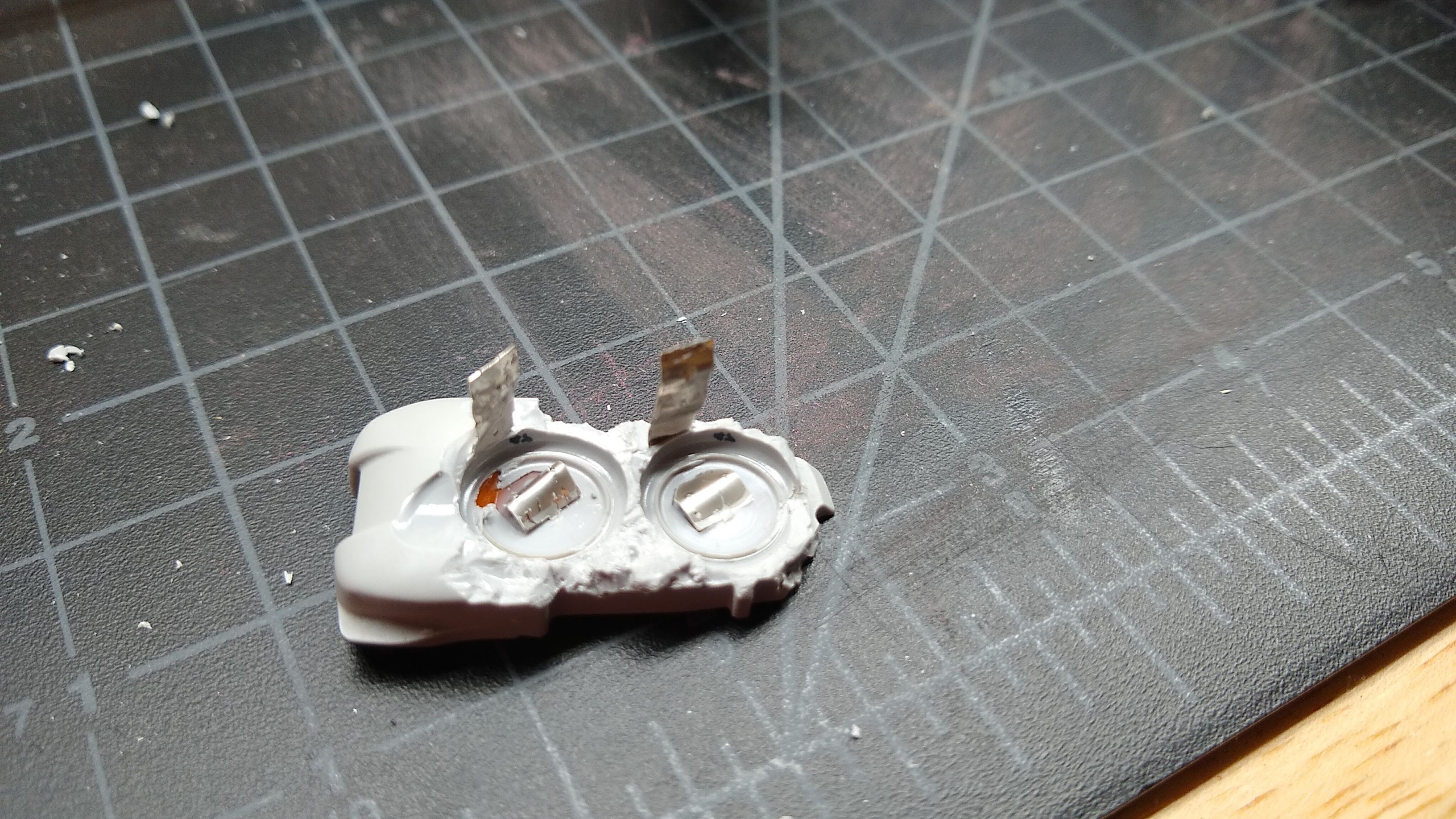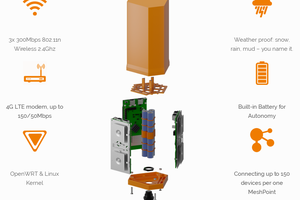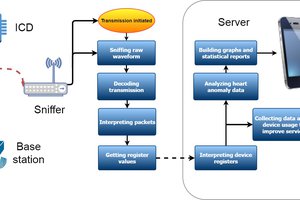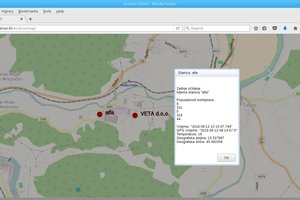Bad news: In a typically Dexcom move, the company announced that they're ending support for the G4 and G5 CGM. They say they announced it on April 1 (no foolin') but they did an outstanding job at hiding the announcement since we didn't find out about it until my kid got an alert on her phone that the Share app will not work past June 30. She got the alert on -- wait for it -- June 30.
So, there's no sense going forward with this project. Dexcom isn't guaranteeing the supply of sensors past the end of 2020, and they've already stopped selling new transmitters. The choice is to move to their vastly more expensive G6 system -- until they supplant that with their G7 system, of course -- or find another CGM provider. Way to go, Dexcom.
There are two ways to go about this. The easier route would be to use the spare Dexcom receiver we have - we got upgraded from the original receiver that we had to a receiver with "Share", which enables the Follow app on our phones. I'd use a Pi or something similar to read the data coming from the receiver in realtime over the USB port, and use that to sound local alerts, send text messages, etc.
The other, and perhaps more interesting, approach would be to sniff in on the RF signals coming from the Dexcom transmitter. The transmitter works on the 433 MHz ISM band, and that might make it easy to tap into and make it as seamless as possible for my daughter. I'm envisioning this as a nightstand system, and I want it to "just work" when she lies down to go to sleep. No remembering to plug anything in, nothing to do except be near it and have it work.
Brief Dexcom topology lesson: the G4 CGM system that we have consists of three physical parts:
- A sensor. This is the electrochemical bit that gets injected in her skin and creates a current proportional to the level of glucose in her interstitial fluid. That's replaced every week or so - we usually stretch that out to two weeks or more since they're so expensive;
- A transmitter. This is a little battery powered bit that snaps onto the sensor and drives it, encodes the data, and transmits it as packets on the 433 MHz ISM band; and
- A receiver. Our G4 system - two generations old now - has a separate, dedicated receiver, which turns the data into pretty graphs and sounds alarms when setpoints are exceeded. It also has a Bluetooth connection to her phone, which runs the Share app that lets us see her numbers on the Follow app.
 Dan Maloney
Dan Maloney






 Valent Turkovic
Valent Turkovic
 Arya
Arya
 hornig
hornig
 mikrotron
mikrotron
Hi Dan, I'm a dialyzer patient and daily reader of hackaday and I would like read a status point about the open source options for a hematocrit sensor, and I think you could be the right person to publish something like this in hacakaday site.
Currently I would to read more about witch differents techniques (ppg, nir, etc) apply for hematocrit sensor, what difference have with glucose or hemoglobyn sensors, what are apropiate for non-invasive measurings, or what for externally testing a gout of blood. I think could be interesting of using hematocrit reader for determining dye weigth point (that really measure the water content in blood) and if is feasible for example simple measuring the impedande or a gout of blood in a externally container with two electrodes... Or if another photosensor (what kind?) device could be used to measuring blood hematocrit passing from the dialising tubes....
Regards, Pescadito